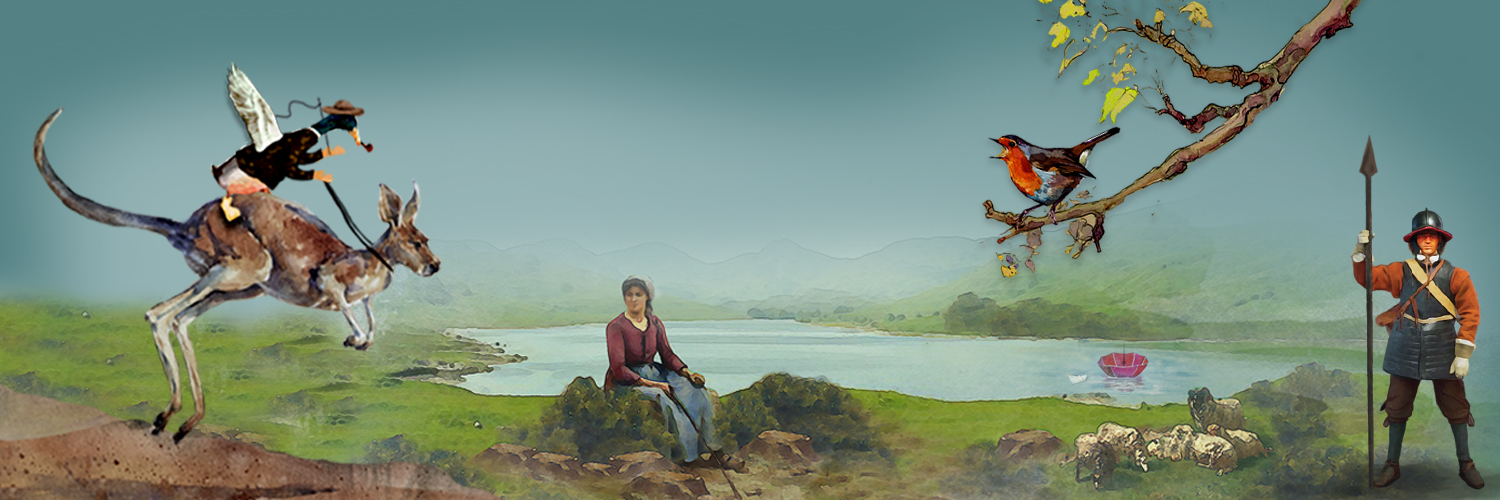
Introduction:
The story ‘How the camel got his Hump’ is a story from Rudyard Kipling’s collection called ‘Just So Stories’. The story is set in Arabia, when the world was new and camels did not have humps. The author tells us about the time when Man was just beginning to learn the art of domesticating animals. There was a Camel that lived in the middle of a desert. He only ate sticks, thorns and prickles for they are the only things available in a desert. The Camel was so lazy that whenever anybody spoke to him all he would say was “Humph”. The Horse, the Dog and the Ox visited held a panchayat on the edge of the Desert and complained to the Djinn. The Djinn promised to look into the matter and teach the Camel a lesson. The Djinn went in search of the Camel and found him looking at his own reflection in a pool of water. The Djinn told him that his laziness has led to the other animals working overtime which was not fair. Yet again, the Camel said humph with all the indifference. Finally, when the camel saw its back it had puffed up into a great big hump. The Djinn told him that the humph was a result of spending three days without doing any work. With the Humph on his back, the Camel could now work for days without eating. And that’s how the Camel got his hump. In the story, Rudyard Kipling brings out the theme of laziness effectively. The main idea here is to make the readers understand the importance of hard work. Laziness will not lead us to success. In fact, by avoiding work we will end up piling lot more than we can do.